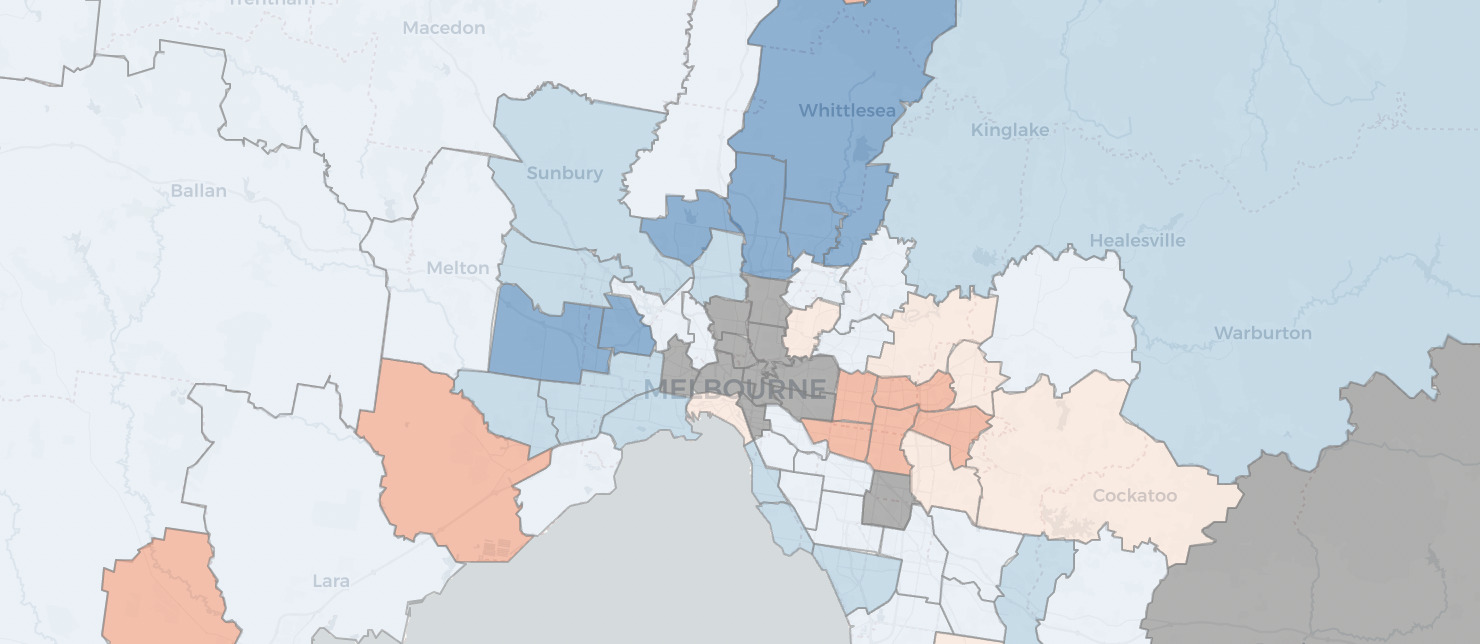To provide the best experiences, we use technologies like cookies to store and/or access device information. Consenting to these technologies will allow us to process data such as browsing behavior or unique IDs on this site. Not consenting or withdrawing consent, may adversely affect certain features and functions.
The technical storage or access is strictly necessary for the legitimate purpose of enabling the use of a specific service explicitly requested by the subscriber or user, or for the sole purpose of carrying out the transmission of a communication over an electronic communications network.
The technical storage or access is necessary for the legitimate purpose of storing preferences that are not requested by the subscriber or user.
The technical storage or access that is used exclusively for statistical purposes.
The technical storage or access that is used exclusively for anonymous statistical purposes. Without a subpoena, voluntary compliance on the part of your Internet Service Provider, or additional records from a third party, information stored or retrieved for this purpose alone cannot usually be used to identify you.
The technical storage or access is required to create user profiles to send advertising, or to track the user on a website or across several websites for similar marketing purposes.




Great Podcast guys.
I think William made a really interesting point where he said the two different things going on were a reaction to a one-off event resulting in swings to the Liberals (in the north & west) and more of a long-term realignment resulting in swings away from the Liberals (in the east).
That can only be bad news for the Liberal Party because it means the north & west is most likely to “correct” back to Labor, because the long term realignment out there was artificially accelerated this time and it still a long way off the Liberals winning seats; whereas the trend in the eastern suburbs is only likely to continue and those seats are becoming increasingly difficult for the Liberals to win back.
Pakenham, Bass, Bayswater and Glen Waverley are likely to be the only Labor seats held on margins under 5% in the entire southeast & eastern suburbs when the next election rolls around, with still only Melton held on under 5% in the entire north & west…
That makes the electoral map possibly even worse for the Liberals in 2026 than 2022! Because at least this year they had Labor seats like Ringwood, Hawthorn, Box Hill and Ashwood also on <5% margins to target.
Trent
Firstly, ‘factors that are more specific to this election’ is the expression that was used by WB, which is quite a different thing. Both this & it’s comparable expression, ‘long term demographic changes’ are references to historical voting patterns, namely; swings to Labour in the eastern metropolis & swings away from Labour in the North & West.
Both terms are silent as to the effect of these ‘factors,’ in the future elections.
I guess time will tell whether ‘factors that are more specific to this election’ is a ‘one-off’ that ceases to apply hereafter.
2. On your final point’ on the ‘red map‘ being even worse for Liberals, there is no ‘possibly’ about it, both as a generality, and in the seats you mention. The red map is a better defensive position than 2018 for the Labour Party albeit with the absence of Richmond, Hawthorn and Nepean (Caulfield nominal loss)
3. The “blue-map” is, however, much better (more comforting) for the Liberal Party, (Caulfield nominal gain) albeit with absence of Glen Waverly, Bayswater, and possibly Bass and Pakenham.
There is a reason for this result, in that this was essentially a ‘defensive’ election for the Liberal Party who had only marginal seats (with the exception of Malvern, being only marginally, & merely notionally, ‘Fairly safe’) to defend. There was a concerted effort on sandbagging the seats in ‘Tealdom’. Where they were focused on securing seats in the inner east and bayside (e.g. Kew, Hawthorn, Malvern, Caulfield, Brighton, Sandringham), The sandbags were apparently piled ‘too high’ & they neglected middle-ring ‘burbs in East, North-East, and West.
Besides the famous five ‘lap-top seats,’ centred on Chisholm, Ivanhoe suffered a reversal, and Essendon & Eltham barely moved, with Niddrie also still immovably safe Labour.
For the Legislative Council, there was more effort directed to the masses of voters in outer-ring suburbs, with likely conservative/Liberal gains in W,N, & arguably good hold in NE.
Phil,
They call themselves the Australian Labor Party, not the Australian Labour Party. It is a different spelling (and acceptable in Australian English), to the UK Labour party.
OK understood. thanks
I’m confused. How does the coalition, The greens AND labor gain 1 seat each? Am I missing something. Unless there has been an increase in number of seats since last redistribution.
There were 3 independents in the last parliament, now there are none.
DT
Three country indie seats flipped to National. Namely, Mildura Morwell & Shepparton.
Liberals lost net two to ALP, leaving net gain of one for Coalition.
ALP lost net one (Richmond) to Greens meaning there was a net gain of one to both the ALP, and The Greens.
So yes, a net gain of three seats to the big three parties, at the expense of independents.
Labor came first on primary votes in most seats. DLP, FF, Freedom Party, LDP and other minor ‘freedom’ parties and independents did split the conservative vote and took votes off the Liberals. The Nationals came second on primary votes in Morwell and Mildura but won following Liberal preferences.
The anti-preferential voting, pro-FPTP crowd is normally very vocal when Labor wins an election, but they have been very silent since this election. No surprise.
Comments are closed.